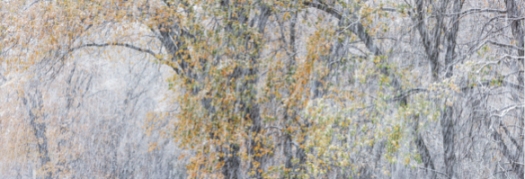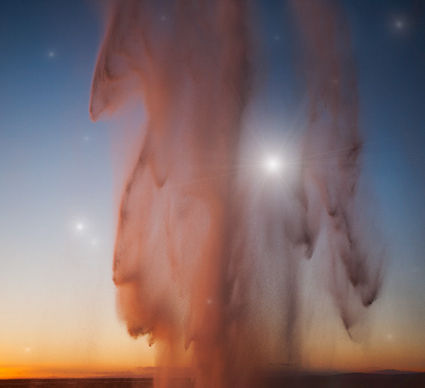I continue to be interested by the possibilities that the future holds for the book. Seth Godin had this to say recently on his Domino Project Blog:
‘Cleaning out a moldy corner of my basement, I ended up with a stack of about 400 paperback books.
Looking at each cover, I remember what was inside. Each contained a notion or an adventure or an idea. It adds up. (With some, I even remember where I was when I read them).
The magic of books, something I haven’t found in blog posts, jewel boxes, tweets or old TV Guides, is that they perfectly encapsulate an idea. They have a beginning, a middle and an end. And they have a cover, something that wraps it all together.
Maybe I’m a fogie, but I have trouble visualizing a pile (or a wallful) of Kindle ebooks. I’m going to miss that.’
I’m not sure why we have to visualize a pile of ebooks. Seth’s Domino Project, which is an attempt to shake up the traditional publishing model is format agnostic which makes sense to me. There are going to be people like me who enjoy the portability of eBooks but who still crave for the actual book, particularly when the book is something special.
Blurb are also evolving their idea of publishing from a traditional model

to one that is more supportive of the author in today’s environment.

The images above are from a recent article on the ‘Future of the Book Blog‘ in which Ben Clemens suggests that ‘eBooks will save the book‘ in part because ‘e-books re-focus books around their essence: words and images, assembled and carefully edited.’
I’m not sure how or why this is true because with the advent of digital it is so much easier for everyone to generate an eBook. What is true is that exceptionally prepared eBooks, iPad apps etc. will set the bar for everyone and while it will be easy to convert pages of text into eBooks we will come to expect a high quality product. Jim Goldstein‘s iPad photo books that he prepared for himself and for William Neill caught my eye as an example of what we might come to expect as normal, with more multimedia offerings to come.
So what about the physical artifact – the traditional book? Is there still a place for it? I’d like to think so – what about you?






